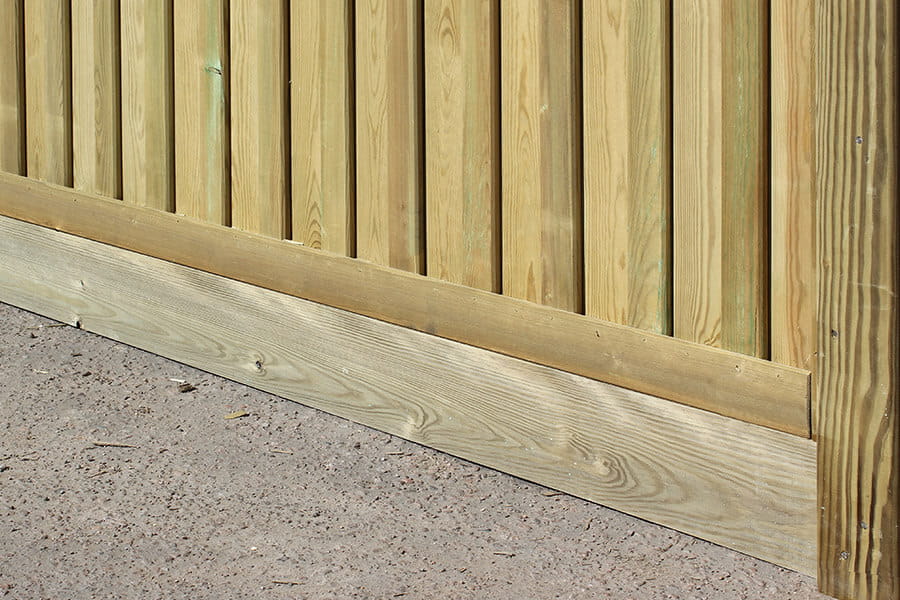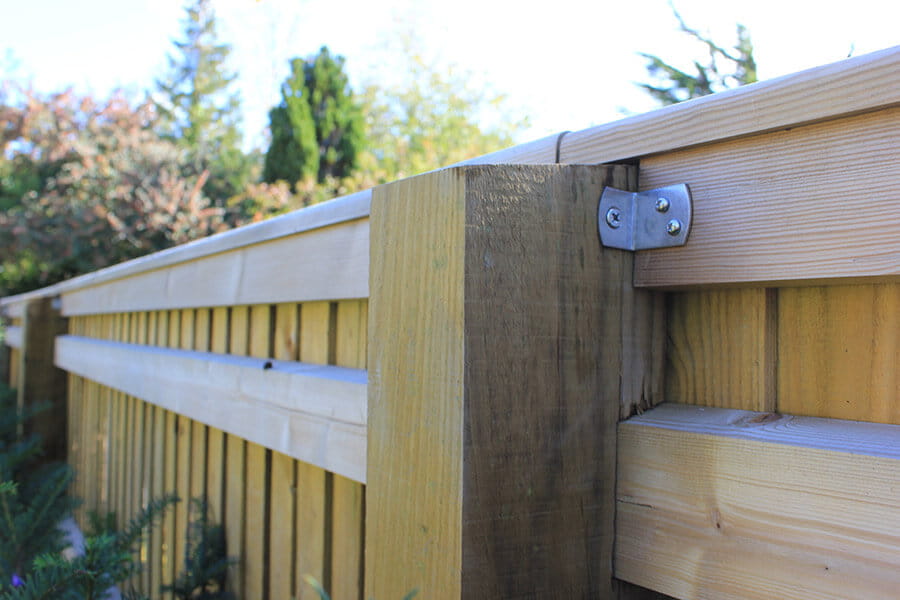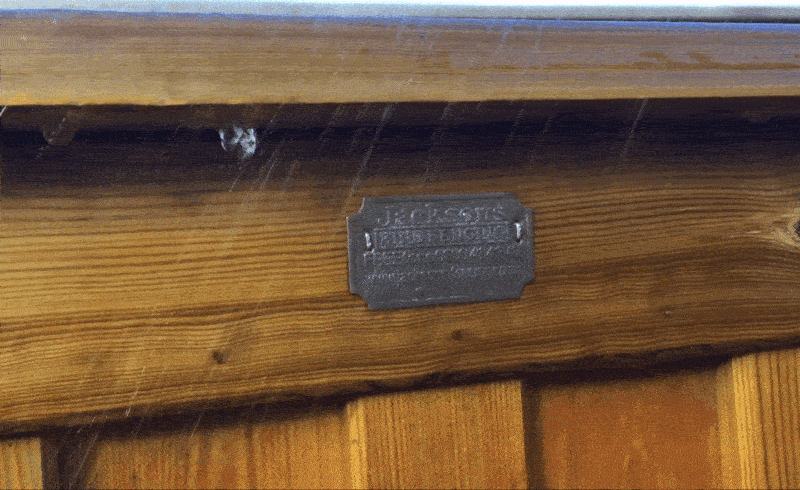07/01/2020 04:00 PM
With last year’s autumn being recorded as the fifth wettest on average in England, and new records being set in South Yorkshire, Nottinghamshire and Lincolnshire, we look at how rain can affect your wooden fence and what measures you can take to prevent any long-term damage.
Install gravel boards
When there has been a significant amount of rain, the ground will be left damp for extended periods of time and could even become waterlogged. Wet soil and debris touching your fence will ultimately cause issues such as rot. Gravel boards should always be used when fence panels will be in contact with the ground to protect your fence from wet ground and the risk of rot. Our gravel boards are made from a specific class of timber and have been through a more thorough treatment process allowing for contact with the ground and damp, as well as providing you with a 25 year guarantee.
For more information about gravel boards read our helpful blog which discusses the topic: what is a gravel board and is it essential?

Cant, arris and weathered rails
Rails are a common and integral component used in most fencing systems. The rails run horizontally along the back of your fence, and are an essential part of providing strength to your fencing. Arris rails have a triangular cross-section, while cant rails are almost rectangular, with the top edge sawn to allow rainwater to run off. Generally, arris rails have ‘tongues’ cut at their ends which fit into slots cut in the posts. The tongues take the full weight of the force on the fence, so they often break after time. Cant rails work well with our Featherboard system, as posts are recessed to allow the cant rails to slot in, offering a snug fit. This means the rails themselves are stronger because they don’t have any narrow parts that could break easily, creating a stronger fence overall. Whichever fence rail you choose or look at as part of a fence panel, make sure it has a bevel that allows rainwater to run off, rather than sit and soak into your fence. The back rails attached to our pre-constructed fence panels have a chamfered edge that allows for this too.

Pressure treated timber and processes
Because a wooden fence is made from what was once a living tree, it will naturally absorb moisture that it needed to stay alive. Pressure treatment creates a protective barrier deep inside the wood and stops it from developing both wet and dry rot, as well as preventing insect attack. Opting for pressure treated fence posts and fence panels will protect your fence from any wet rot that may form from excessive rain, and a guarantee will give you peace of mind when the heavens open. There are a number of processes used for pressure treatment but look out for product guarantees. Jacksons offers a 25 year Jakcure® guarantee as standard.
Setting fence posts
A fence installed in low-lying areas that become boggy or marshy after heavy rain should be given careful consideration. Think about ground conditions, the location and terrain, and when setting fence posts in the ground, we recommend that they should be dug a minimum of 600mm below ground level. In particularly wet or muddy areas, it is good practice to insert a few large stones around the post to create a denser ground composition and help stabilise the post, we also suggest gravel at the bottom of the post for drainage. Use plenty of postcrete with each post to make sure each installation is secure and protected from the ground. A heavier duty post is also an option.
Capping rails and post caps
Our capping rails are shaped to prevent rain collection, including a flat top design with rounded edges to allow rain to run off, and a two-way sawn triangular capping rail which adds functionality as well as unique design. Post caps provide another layer of decorative appeal to your fence, but they should also allow rain to escape by having a rounded design, or angled edges.

If you need any more advice about maintaining your fence, check out our FAQs or give us a call.